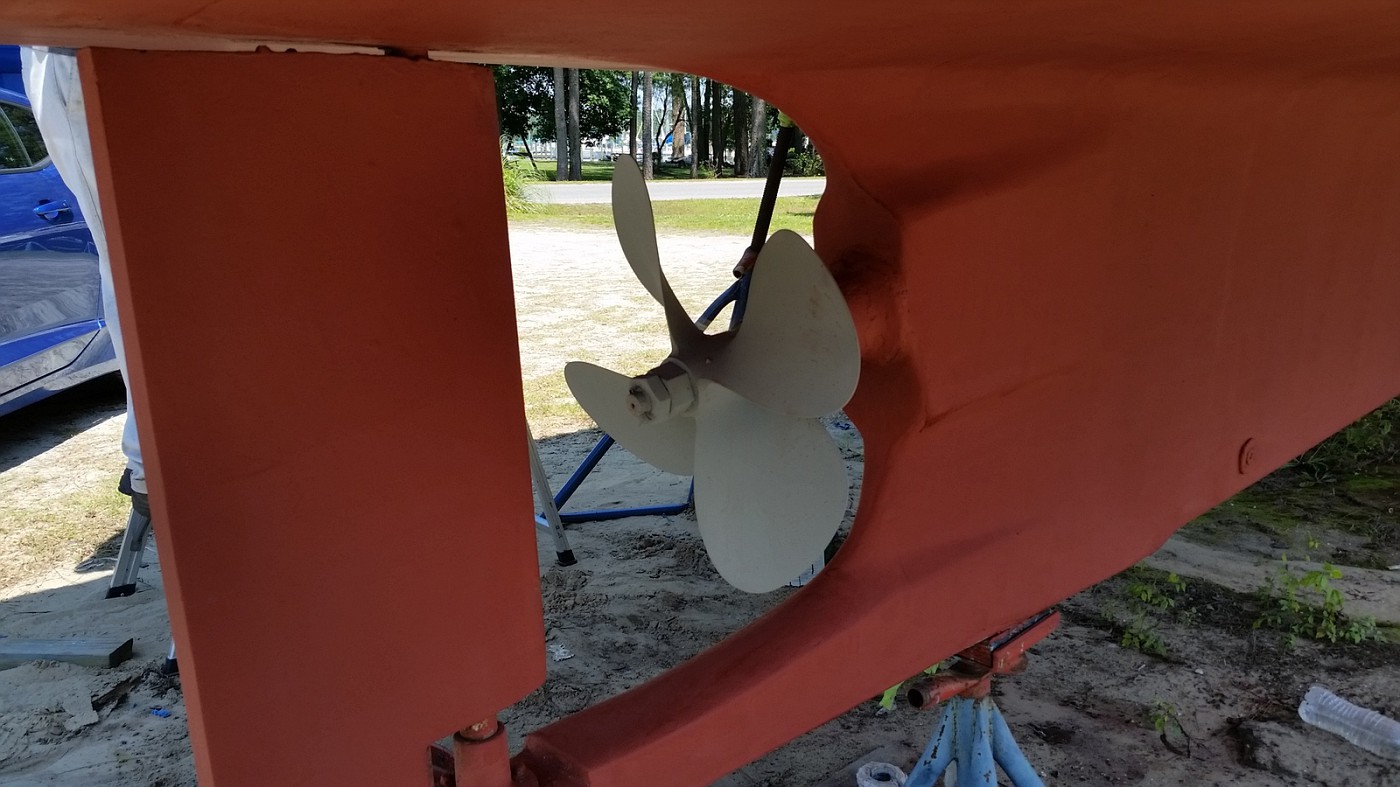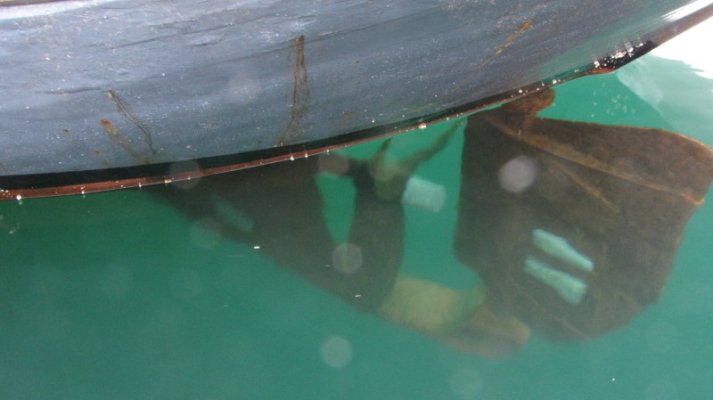Oldersalt
Senior Member
- Joined
- Jun 10, 2016
- Messages
- 204
- Location
- USA
- Vessel Name
- Pacific Star
- Vessel Make
- 1990 Grand Banks 32 #834
Just had my new-to-me 1990 Grand Banks 32 hauled. Prop had to be replaced due to electrolysis corrosion. The yard said the 1 1/2-inch shaft has "unknown" threads which would not fit any known zinc! Boat is now back in the water with no prop protection so I need to move quickly to solve this problem.
Anybody have any experience with a GB shaft with non-standard threads??
The yard said I should install a brush on the shaft, connected to the transom zinc, but those are prone to failure. I would rather find a better solution.
I'm considering having a diver temporarily remove one of the existing shaft nuts, determining exactly what the thread is, and having a new nut tapped to the right threads. The new nut would be sized correctly to accept a shaft zinc, of course.
Any actual experience, or thoughts, on the best way to handle this?
Thanks in advance.
Oldersalt
Anybody have any experience with a GB shaft with non-standard threads??
The yard said I should install a brush on the shaft, connected to the transom zinc, but those are prone to failure. I would rather find a better solution.
I'm considering having a diver temporarily remove one of the existing shaft nuts, determining exactly what the thread is, and having a new nut tapped to the right threads. The new nut would be sized correctly to accept a shaft zinc, of course.
Any actual experience, or thoughts, on the best way to handle this?
Thanks in advance.
Oldersalt



